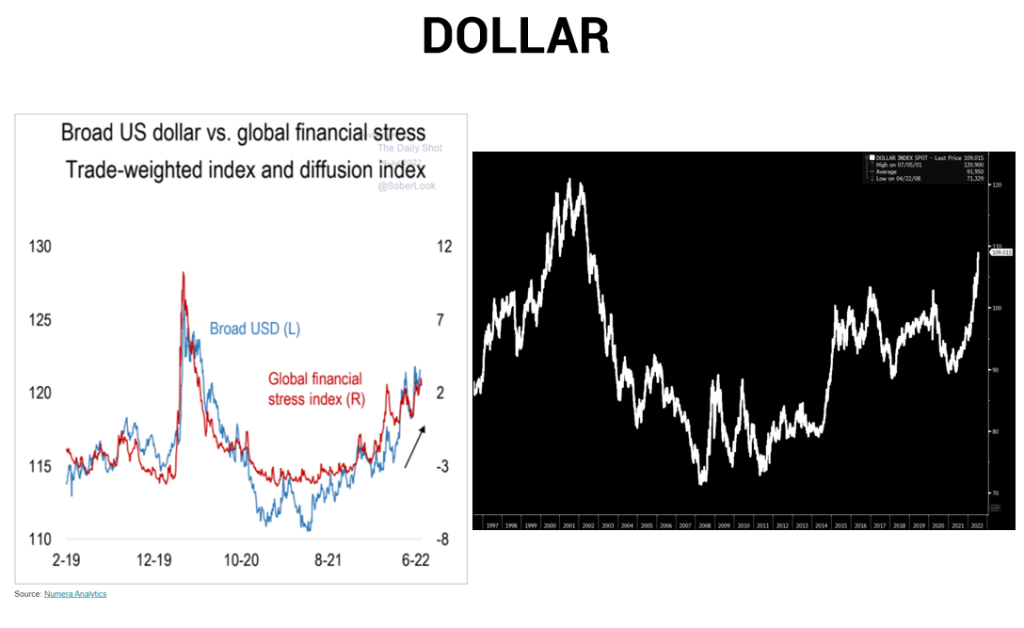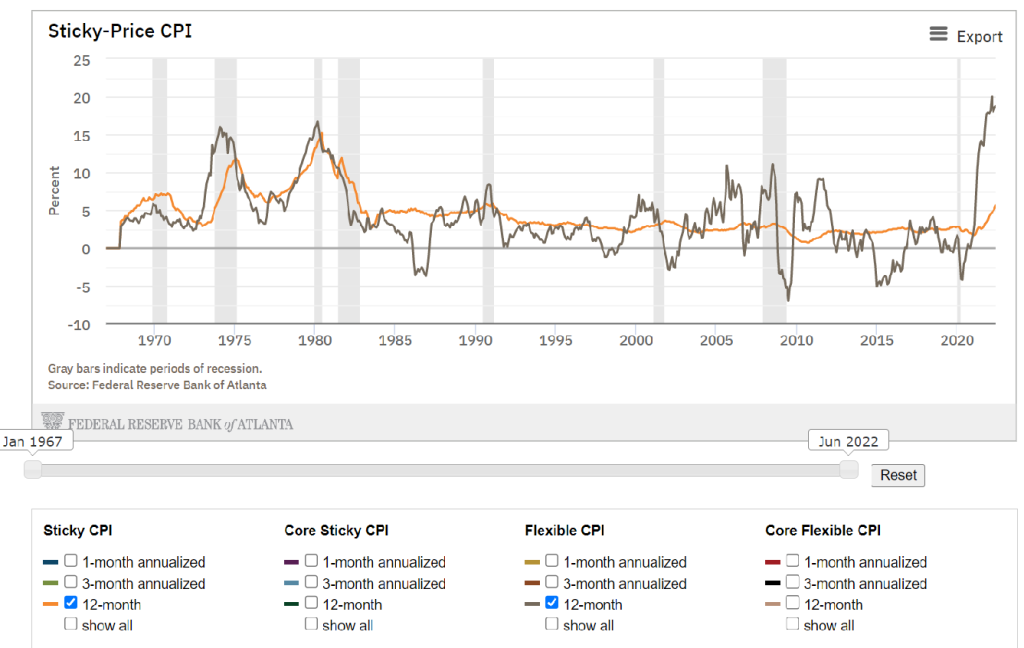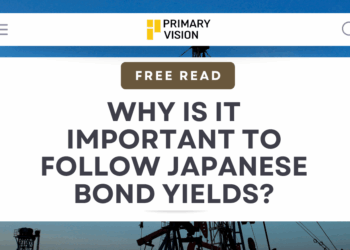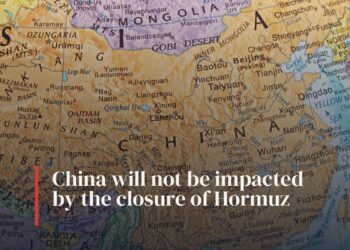Last week was interesting. Biden went on a very significant trip to Saudi Arabia. According to many, the agenda was only oil. According to me the agenda were many. Oil prices remained volatile and they will for weeks to come as traders and investors try to settle down between the recessionary fears and concerns of oversupply. U.S. PPI (producer price index) gave a more than expected reading of 11.3 percent with most of the gains coming from food and energy. Jobless claims have touched its highest at 244,000 – last time it happened was November 2021.
The outcome of Biden’s trip is yet to be decided but experts say that the final communique isn’t palatable. U.S. was unable to get any formal regional security alliance finalized. There was a fist bump too. However, Biden said he told MBS that he held him responsible for the gruesome murder of Kasshogi. There were some promises made in the domain of food security as Biden pledged $1 billion and gulf countries to reciprocate with $3 billion with the U.S. over global projects.
CNN did a good article on key takeways from this trip. I’ll share a short summary:
- Fist bump signals a reset in the relations of both the countries
- Ironically, and as aforesaid, the fact that Biden brought up the Khashoggi’s murder case has reiterated U.S. support for human rights. (well, ok)
- Biden got some assurances in terms of oil production but nothing promising
- Reassertion of U.S.’ committment to the Middle East
- Diplomacy to be the way forward in terms of Iran and Israel
To be sure the agenda was never only energy/oil. This was a meeting that had broader geostrategic focus. The trip can become one of the stepping stones in extending Abraham Accords. Saudi Arabia has already taken a small step lifting restrictions of airlines using Israeli airspace. Furthermore, these developments can help Bahrain and Israel normalize relations too (alongwith UAE). Tel Aviv has agreed to give the islands of Tiran and Sanafir from Egypt to Saudi Arabia that is another reason highlighting the thawing of relationship between the countries.
U.S. dollar is getting stronger and Mark talks about it here. See the chart below for some perspective:

Rising dollar causes multiple problems. One of them is that it risks capital flight from other countries effecting their reserves and therefore the value of currency and subsequently imports, exports and the whole Balance of Payments. Bloomberg recently reported that a strong dollar has created a possible risk of about $71 billion of “exodus” from Asian stocks. With dollar acting as the lubricate of global economy, such high levels of it can distort international trading patterns and country’s fiscal management. More on this in the coming posts.
Finally, the recent PPI figures released show that inflation is here to stay. The chart below says it too:

I will meet you next week with some more facts and interesting data points.













